Having a travel router wasn’t something that I thought I needed as part of my standard list of things to pack but after playing around with one these past few weeks, I now understand why people have them. Here’s our review of the legacy NETGEAR Trek N300 Travel Router.
Read more gear reviews
- Best Winter Photography Locations in the Magdalen Islands
- Review of the Best Travel Tripod by Peak Design
- Must-Have Winter Gloves For Photographers
- Kammok Swiftlet Review
- Our Best Travel Gear & Tech Reviews
How to find the best travel deals?
- Hottest deals – Bookmark the frequently updated travel deals page.
- Car rentals – Save the most money through car rental coupon codes.
- Hotels – Use corporate codes or get Genius 2 tier with Booking.
- Flights – Have you ever heard of the “Everywhere” feature?
- Insurance – Make sure you’re covered for all of your adventure activities with the best travel insurance.
In This Article
What is a travel router?
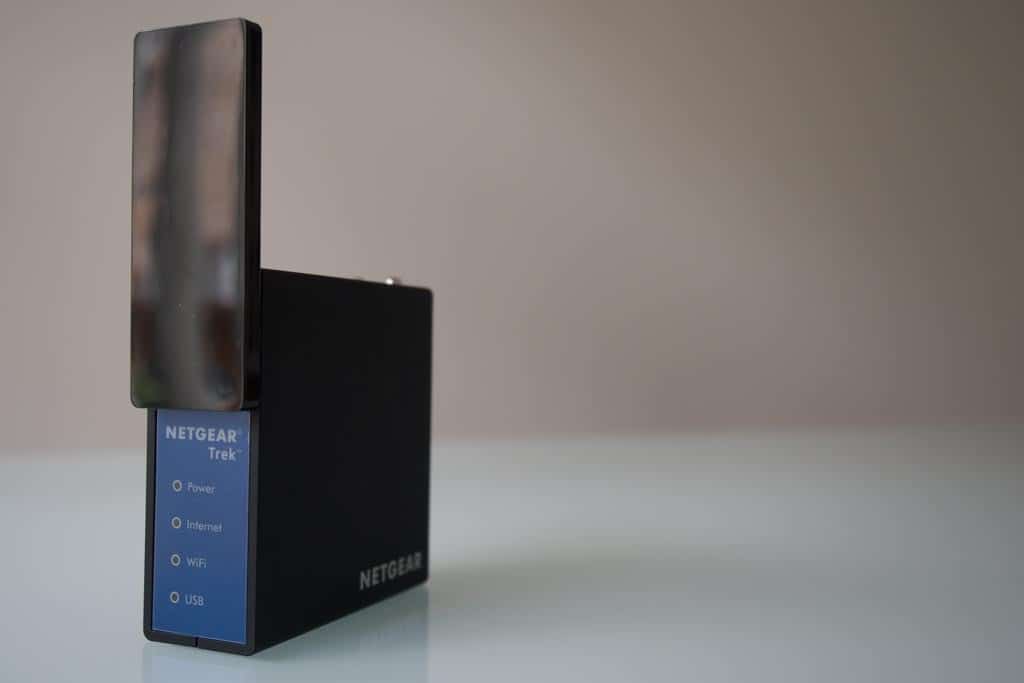
Okay first things first. What exactly is a travel router? Well in a nutshell, think about that wireless router you have at home that powers your wifi all over the house. Take that, scrunch it down to something that fits in your palm and that’s more or less what a travel router is.
Of course, its a little bit more complicated than that but the whole idea of a travel router is to make that wireless router pocketable so you can take with you on the go.
Then naturally, you’re going to be asking, why the heck would I need one? Everywhere offers free wifi nowadays anyways?
Well that’s true but…
Advantages of a travel router
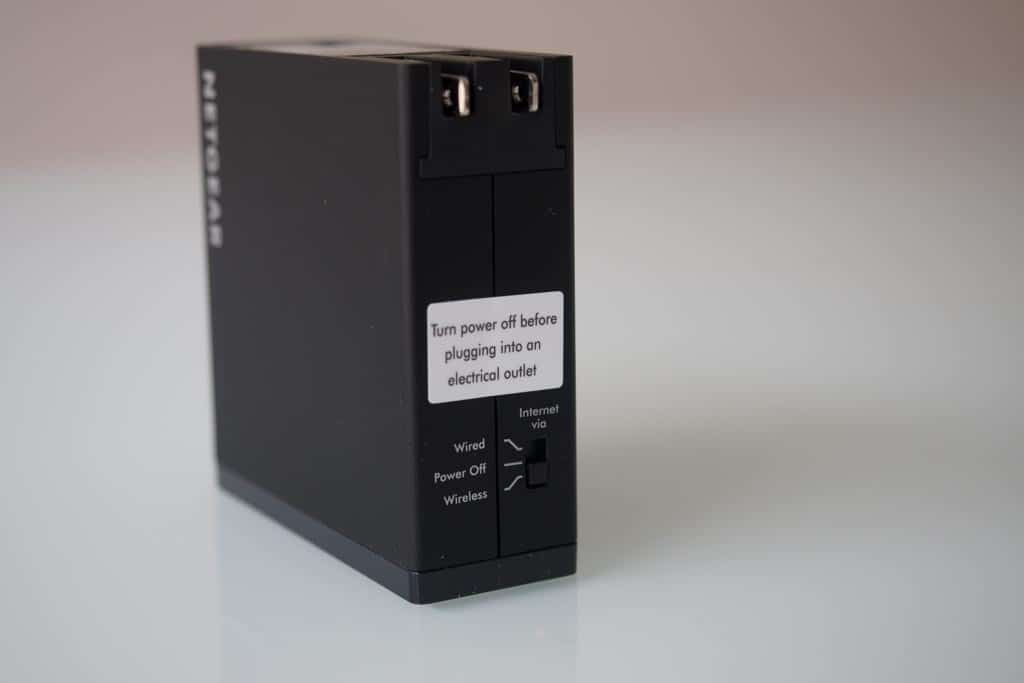
There are actually a lot of interesting use cases and scenarios that present some pretty compelling reasons for why having a travel router is actually useful.
1) Convert wired connections into a wireless connection
This is probably the most obvious one. You show up to a hotel room. They old school places provide an ethernet cable at the desk and you go “what the heck!” This is where you spring out your travel router, connect the ethernet to it and voila, you have instant wireless access.
This use case made a lot of sense 5-10 years ago but with wireless being offered pretty much everywhere, it may not be as relevant. Let’s move onto the next advantage.
2) Allowing multiple devices to access wifi
Well you’re going to tell me, duh any wireless-enabled device should be able to access to wifi. That’s true, but what if you’re back at a hotel room and they’re now charging you for wireless access and each device is going to have its own access fee. That’s when your lightbulb goes off and you realize the genius of a travel router. Pay once, access multiple times!
The beauty of the travel router is that the wifi service in the hotel doesn’t know how many devices you have connected, since it is all handled by the router.
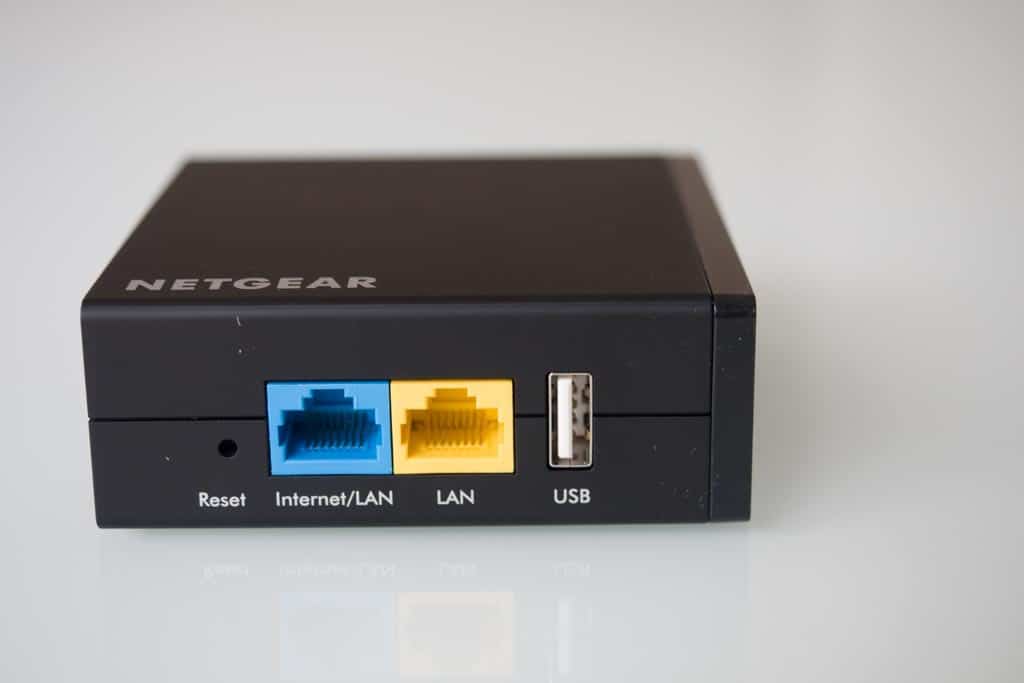
3) Built in firewall
When you’re in a public space, connecting to the wifi isn’t always the most secure. In fact, it’s not secure at all. Just like how you have built-in firewall protection with your wireless at home, why couldn’t you have that same level of security on the road? ‘Nuff said!
4) Big ass antenna versus your device’s mini antenna
You’ve probably noticed that your phone or tablet doesn’t always have the best wifi reception. I’ve had numerous occasions where I was left scratching my head why my laptop could see a wireless connection but my phone couldn’t.
You’re basically dealing with physics here. Smaller devices are naturally going to have smaller antennas and thus poorer ability to connect with wireless networks.
What a travel router is able to do, is pick up any wireless network in the vicinity and boost it many times over. Instead a trickling wifi signal that makes it to your device, you get a massive boom box next you, pounding the wireless signal to you.
5) Useful at home too
Lastly, travel routers aren’t necessarily all about being on the road. If you only have one wireless router at home it may not be strong enough to get the signal up to every corner and recess of your house.
If this is the case, simply set up one of these travel routers, switch it to what’s called “Extender” mode and eliminate those wifi dead zones.
Talk about versatility!
NETGEAR Trek N300 features
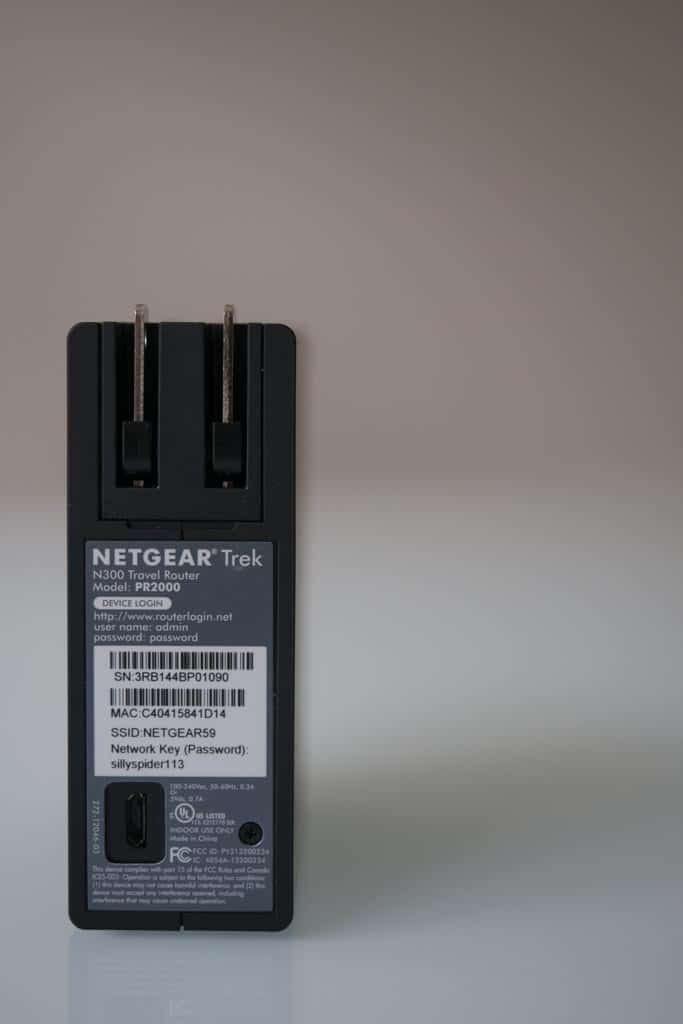
Hopefully I’ve been able to convince you why a travel router makes a lot of sense. The router I was able to play around with for the past few weeks is by NETGEAR and called the Trek N300 (model number PR2000)
This little guy packs a wallop in terms of features. You know all those advantages that I listed above? Well it does that AND MORE.
I’m not going to list out the feature list that you’d find in any retail box but I’m going to give you all the neat features that I found using this travel router:
- Not only can you plug this into the wall (handles 100-240 volts), you can also plug it into your computer’s USB via the micro-USB connection on the router.
- The antenna swings out from the block, revealing the lights for the router indicating its status. It’s this big antenna that sticks out that gives this router its extended range.
- The router comes built in, a NETGEAR Genie interface that pops up when you connect to the wireless signal it creates. It’s through this interface that you can control everything the router does.
- NETGEAR Genie has the ability to remember certain wireless networks so it can automatically log in
- If you’re using the travel router often, connecting to wifi is so fast and easy because your devices remember the wireless network the travel router creates and the router itself knows to connect to a public wifi hotspot like Starbucks.
- The router has a USB port which allows you to charge additional devices if you need it to.
- The USB port can also act as a network drive. So lets say you plug in a USB key into the Trek N300, the router will detect it and allow all other wireless devices connected to it the ability to download and use the USB key’s files.
On top of all this, there are 4 key modes that the Trek N300 has that pretty much covers every scenario that you’d want a wireless router to cover.
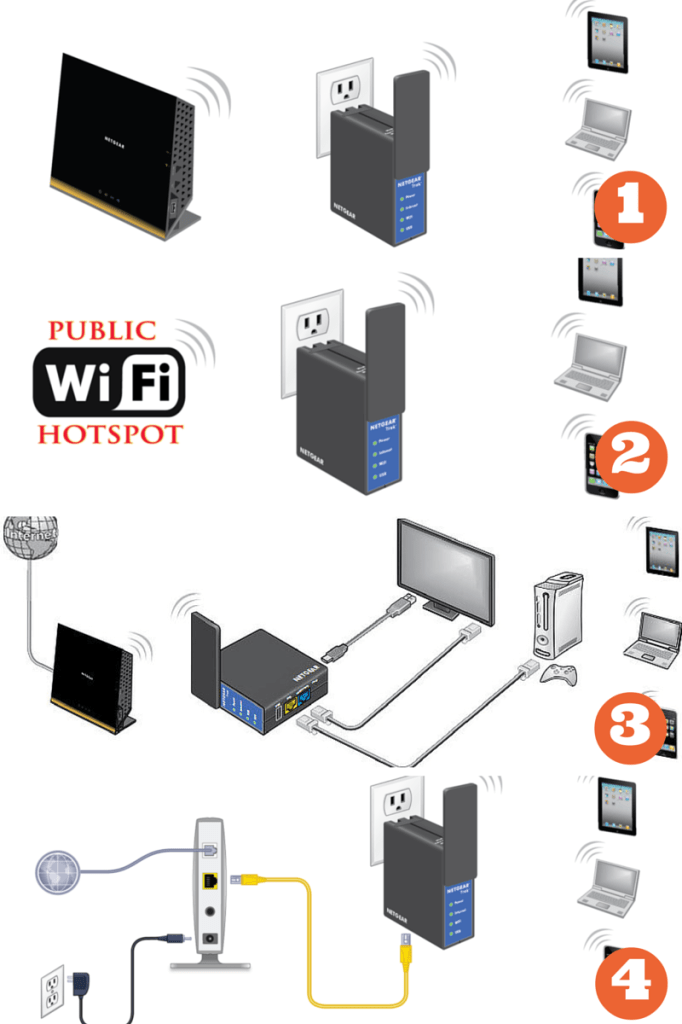
- Extender Mode – Extend an existing wireless signal in a different area.
- Hotspot Mode – Boost the signal of poor public wifi hotspots.
- Router Mode – Use the travel router as a normal router, turning ethernet connection from your modem into a wireless hotspot.
- Bridge Mode – Plug in wired devices to the router to get access to wireless signal.
Lastly, the feature that deserves the most attention is really the price. On Amazon, the NETGEAR Trek N300 is only $47.99.
How NETGEAR’s travel router performed
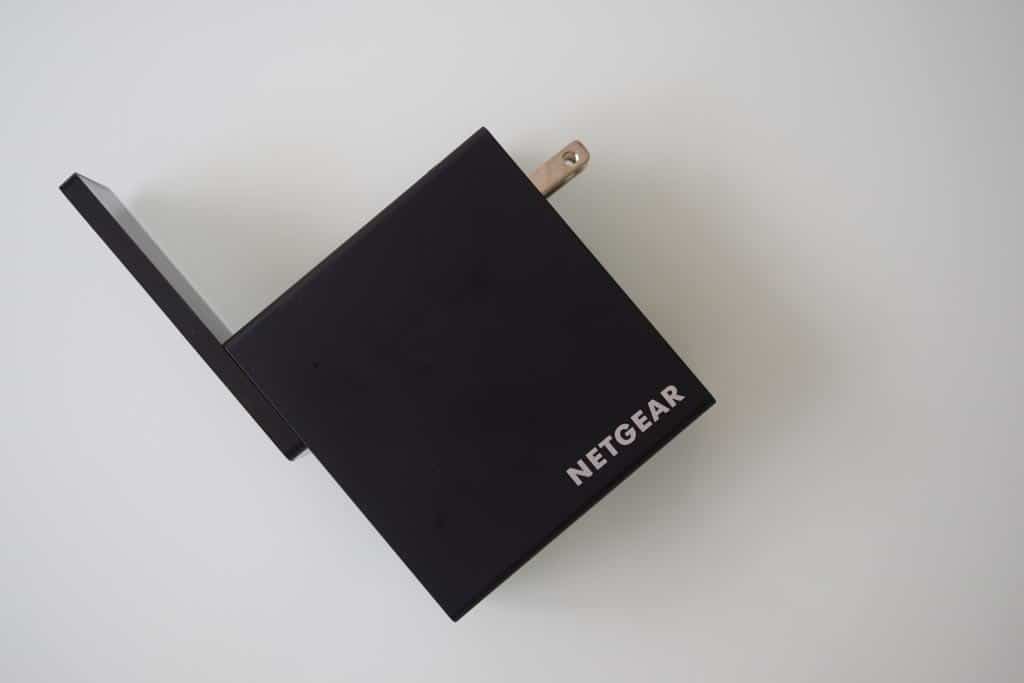
What I wanted to know was how well it would perform in real-life scenarios. Since I work on the road quite a bit, I thought what better way to test it than to bring it out to one of the Starbucks I work out of. This was a great test because the Starbucks wifi is one of those where after you connect and try to go to any page on your browser, you get redirected to a page where you have to “Accept” the terms and conditions of access.
What I liked about it
- Worked extremely well in all scenarios. Was most impressed with being able to handle a public hotspot like Starbucks.
- Loved how it is able to remember old hotspots that I’ve connected to before.
- NETGEAR Genie is pretty intuitive to use to select which hotspots to connect to.
- Signal was strong throughout and I did not experience any connection drops.
- Great that you can power the router via USB when there are no accessible plugs nearby.
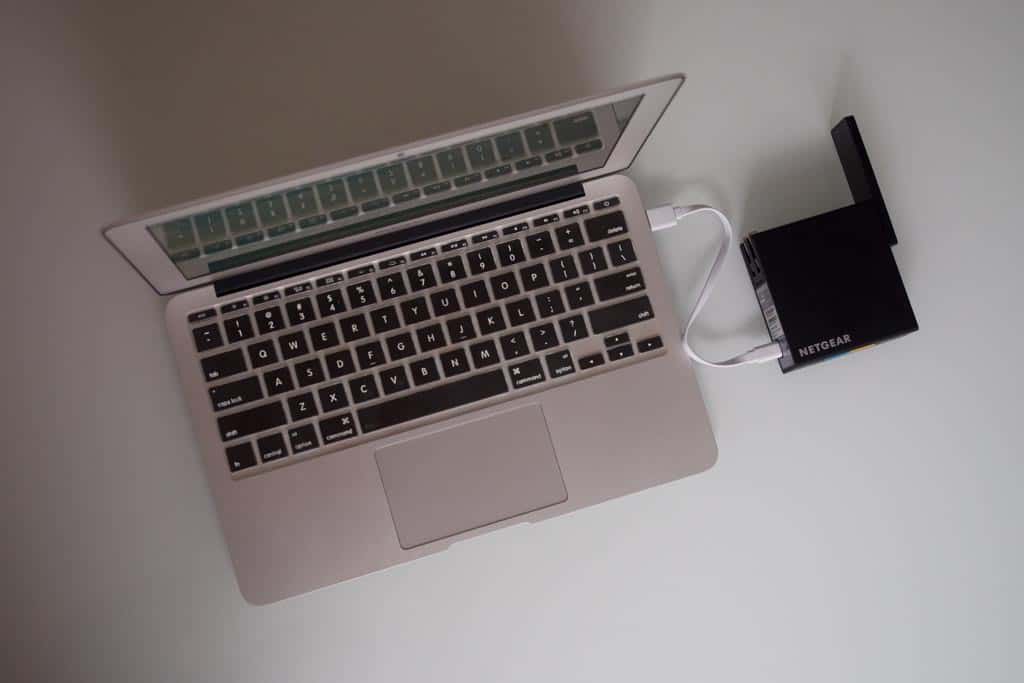
What I thought could be improved
- The size could be even smaller but honestly I can’t complain.
- After taking the protective plastic pieces off, I feel that the exterior is going to be extremely prone to scratches down the road. It would be nice if this came with a pouch to carry both the travel router and the micro-USB cable.
- To make use of both top and bottom wall power outlets, you have to plug in the router on the bottom outlet which leaves just enough space for a Macbook wall charger when the antenna is flipped up. This could have been designed better so that the router could leverage the top plug. I can also see the design be a problem if the socket is recessed since the outlet has to be flush against the wall to work.
- It was annoying that all the usernames/passwords and URL to admin page was on the back side of the router. When I first started using it, I had to unplug it a few times just to double check the information. My tip would be just to write it down beforehand so you don’t have to do that.
- This router only supports wireless standards 802.11 b/g/n but not the new ac.

What about this?
What if you’re on a plane that charged for wifi access? Hypothetically couldn’t you connect to it once with this travel router and then share the connection with everyone on the plane?
What if you’re on a SMART cruise ship like the Quantum of the Seas but the signal in your room isn’t strong enough for your phone to pick up. So you plug in the Netgear Trek N300 and get it to boost the wifi in the area so your phone gets equally good signal.
What you should read next